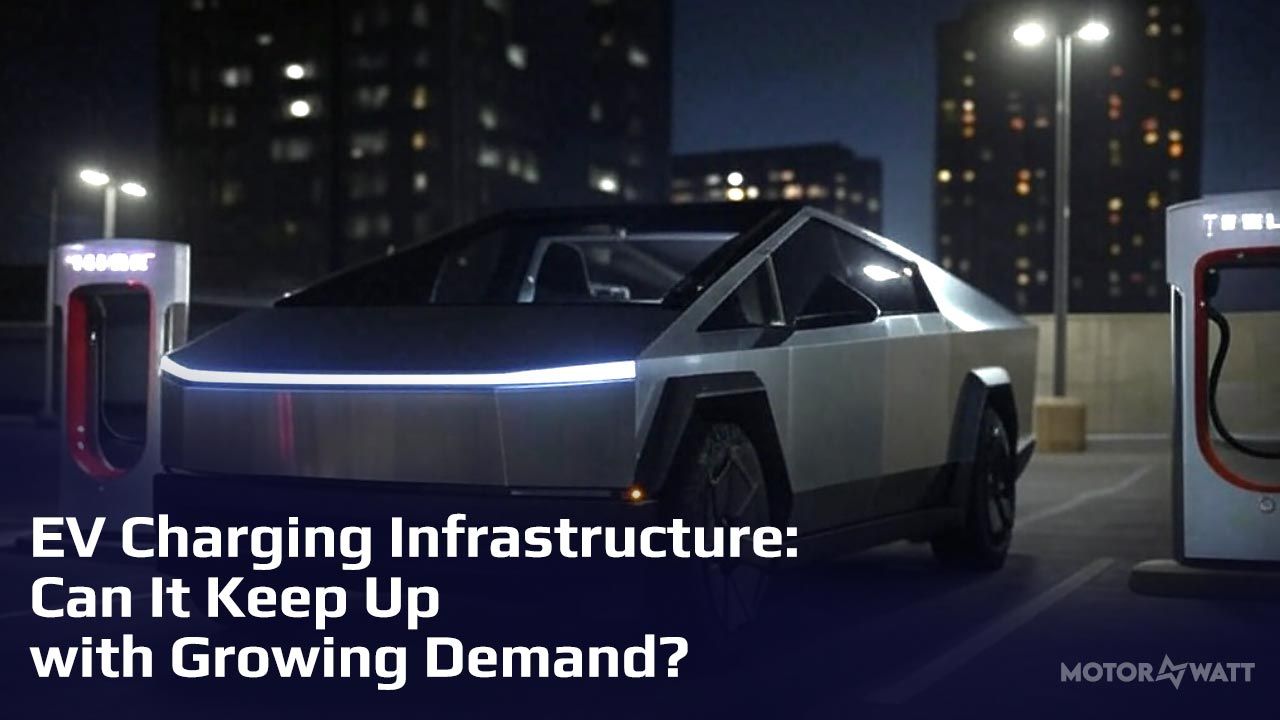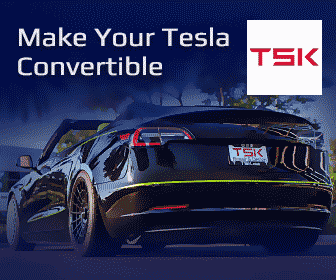EV Charging Infrastructure: Can It Keep Up with Growing Demand?
Share this article in Social Media:

EV charging infrastructure struggles with congestion, vandalism, and policy changes. Tesla's Supercharger Queue System aims to reduce wait times, while new vandalism-resistant cables combat cable theft. Meanwhile, a federal rollback of chargers raises concerns about public access. As demand rises, can private investment keep pace with EV growth?
The dream of effortless EV ownership—charging as simple as filling up a gas tank—remains just that: a dream. While EV adoption skyrockets, the charging infrastructure stumbles over bottlenecks, vandalism, and shifting federal policies. Tesla’s Supercharger Queue System helps with congestion, but rampant cable theft and a federal charger rollback add new wrinkles. So, where do we stand in the EV charging revolution?
The Supercharger Queue System: Fix or Band-Aid?
Ask any EV driver about their biggest frustration, and you’ll likely hear complaints about crowded charging stations. Tesla, always one step ahead, introduced a digital lineup—the Supercharger Queue System—to manage wait times at busy locations. Think of it as a virtual deli counter: claim your spot, wait for your turn, and avoid circling the lot in frustration.
- Organizes arrivals to reduce idle cars blocking stalls
- Rollout began in late 2024, with mixed early feedback
- Doesn’t solve the real issue: too many EVs, too few chargers
- With Tesla opening its network to non-Teslas, wait times may still climb
The U.S. EV market tripled since 2021, yet charger expansion lags. Even with over 65,800 Tesla connectors worldwide, demand is outpacing supply. And as Tesla lets non-Tesla owners tap into its network, longtime users worry they’ll be stuck waiting even longer.
Cable Theft: A Growing Threat to Reliability
If long waits weren’t enough, some EV drivers arrive at chargers only to find the cables missing. Copper theft is turning public chargers into easy targets—vandals cut cables for quick cash, leaving drivers stranded. Reports of severed Supercharger cables have surged, with some locations hit multiple times in one week.
- Electrify America lost 130+ cables to theft in early 2024 alone
- Scrap value: ~$50 per stolen cable, while repairs cost thousands
- Urban stations face theft; rural ones struggle with isolation
- Tesla testing anti-theft cables with steel mesh and pressurized dye
The industry’s scrambling for solutions. Tesla’s Seattle test stations feature cut-resistant cables wrapped in stainless steel mesh—if tampered with, they release a blue dye to mark thieves. Other networks, like ChargePoint, are adopting similar theft-resistant designs.
Federal Charger Rollback: Politics Meets Policy
In early 2025, the Trump administration put federal EV charger funding on ice, derailing a push to build 500,000 chargers by 2030. Federal sites that had chargers installed are now removing or deactivating them. The reasoning? Opponents call it wasteful spending, arguing the private sector (Tesla, EVgo, bp) can handle charging needs.
- Biden’s $7.5B infrastructure plan aimed for 500,000 chargers
- By late 2024, only 38 public fast chargers had been built
- Federal sites now removing or mothballing chargers
- Private networks prioritize profitable locations over rural areas
The political tug-of-war raises a key question: Can private investment fill the gap? Tesla’s network is strong but still faces congestion. Meanwhile, rural areas and low-income communities may be left behind as profit-driven companies prioritize high-traffic corridors.
Charging Satisfaction: Improving but Still Lags
The J.D. Power 2024 EVX Public Charging Study shows some progress. Public charging satisfaction ticked up slightly, but availability and reliability remain weak spots. Tesla still leads with a 743 satisfaction score, but even its Superchargers struggle with growing demand.
- DC fast charger satisfaction: 664/1,000 (up 10 points)
- Tesla Superchargers: highest satisfaction but facing strain
- Frequent issues: broken chargers, wait times, inconsistent pricing
- Range anxiety remains a top concern for new EV buyers
Until charging becomes as convenient as gas stations, mainstream adoption will remain an uphill battle.
Tech to the Rescue: Faster, Smarter Charging
Despite today’s hurdles, exciting advancements promise to make charging easier and faster. Tesla is set to roll out 500kW Superchargers by late 2025, cutting charge times dramatically. Meanwhile, other companies are exploring wireless charging and ultra-fast 800V systems.
- 500kW Tesla chargers could slash charge times to under 10 minutes
- 800V architectures in new EVs promise even quicker charging
- Wireless charging tech gaining traction for home and fleet use
- Private investment from Hertz, bp, and others expanding networks
The industry is pouring billions into charging innovation, but infrastructure must expand alongside it. Faster charging won’t help if there aren’t enough stalls to meet demand.
The Road Ahead: Charging Must Catch Up
The EV market isn’t slowing down—sales are surging, and consumers expect convenience. But charging remains a mixed bag. Tesla’s Queue System, anti-theft cables, and tech advancements help, yet major gaps persist. Until the U.S. builds a seamless, reliable, and secure network, “range anxiety” will keep many buyers hesitant.
- Scaling up charging stations remains the biggest challenge
- Security upgrades needed to combat theft and vandalism
- Policy shifts could either accelerate or stall progress
- EV adoption depends on a stress-free charging experience
For now, the EV charging landscape remains a work in progress—one that’s improving, but still full of growing pains.
Summary:
EV charging infrastructure is struggling to keep pace with the rapid adoption of electric vehicles. Key issues include long wait times at charging stations, increasing cable theft, and shifting federal policies affecting funding and access. Tesla's Supercharger Queue System aims to ease congestion, but the growing number of EVs means demand continues to outstrip supply. Vandalism, particularly cable theft for copper resale, has disrupted charging reliability, prompting networks to introduce theft-resistant designs. Meanwhile, a federal rollback on public charger funding has sparked concerns about whether private companies can fill the gap, especially in rural and low-income areas.
Despite these challenges, advancements in charging technology, such as Tesla’s upcoming 500kW chargers and 800V fast-charging systems, offer hope for a more efficient future. However, building more stations, securing existing ones, and ensuring consistent funding remain critical to improving the EV charging experience.
Conclusion:
EV charging infrastructure is at a crossroads—growing demand is exposing weaknesses that must be addressed. While private investment and technological improvements are moving the industry forward, long wait times, vandalism, and policy uncertainty continue to hinder progress. The transition to electric vehicles depends on a charging network that is reliable, secure, and as convenient as gas stations. Until these issues are resolved, EV drivers will continue to face frustrations, but with innovation and investment, the future of EV charging remains promising.











